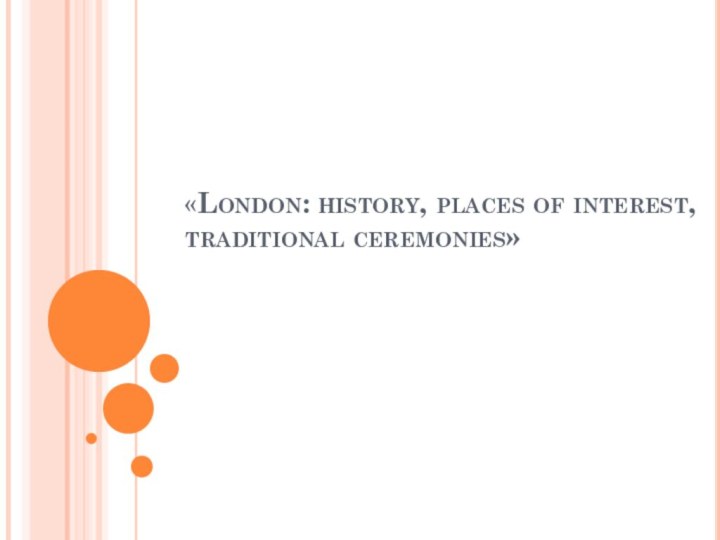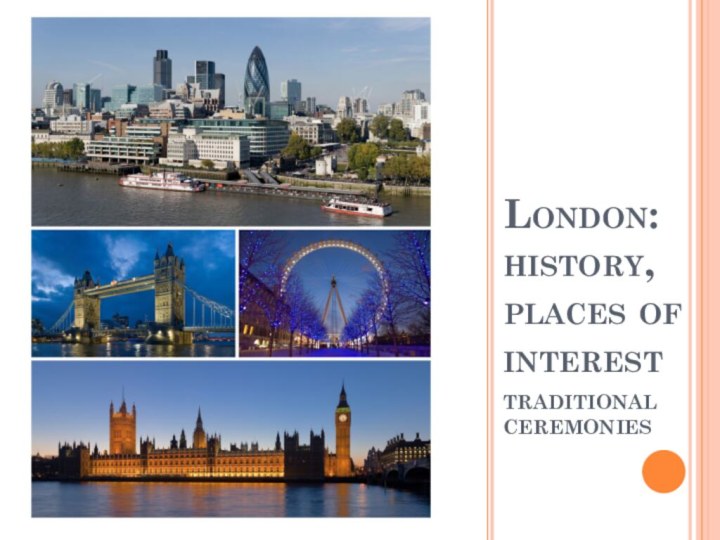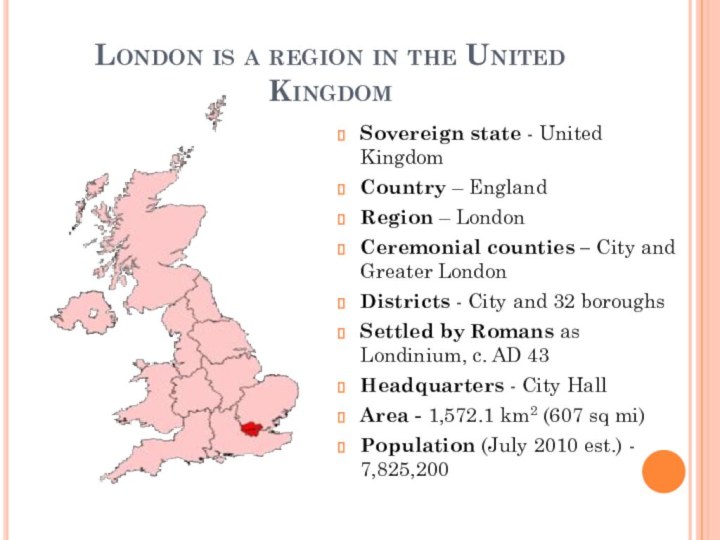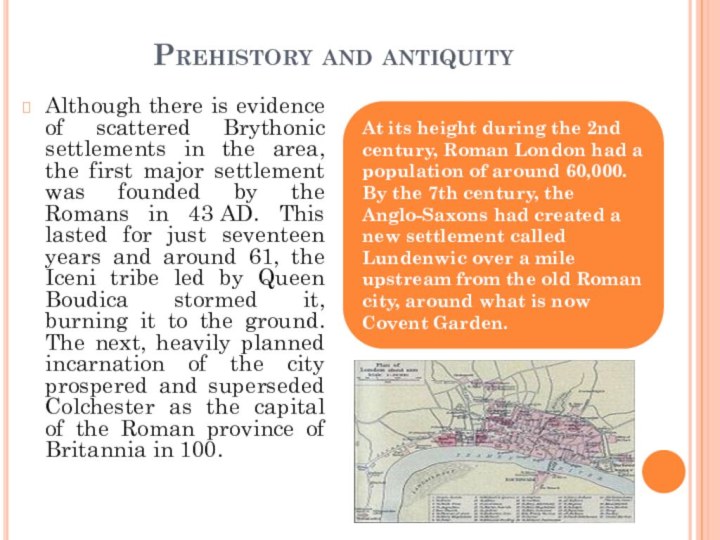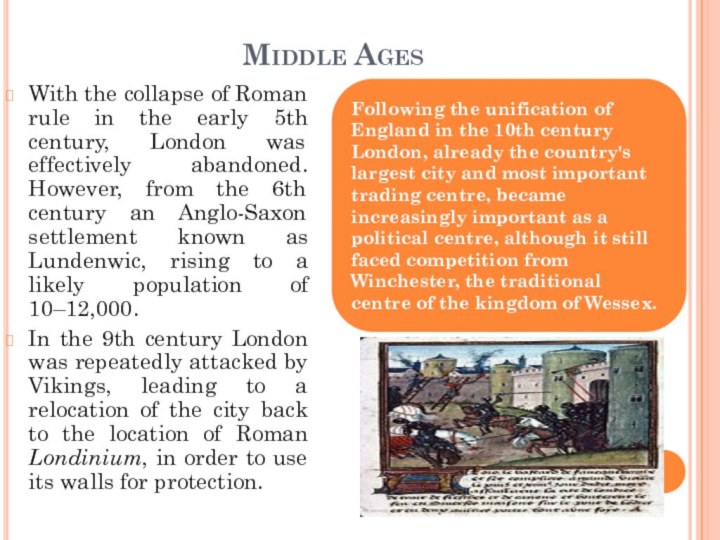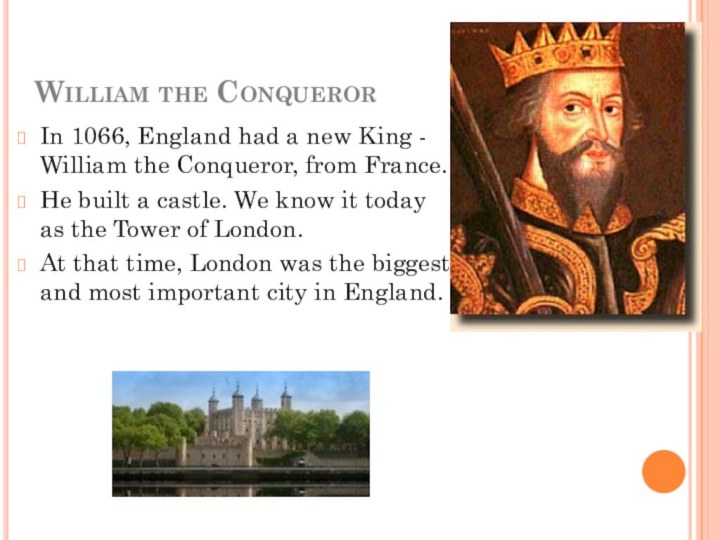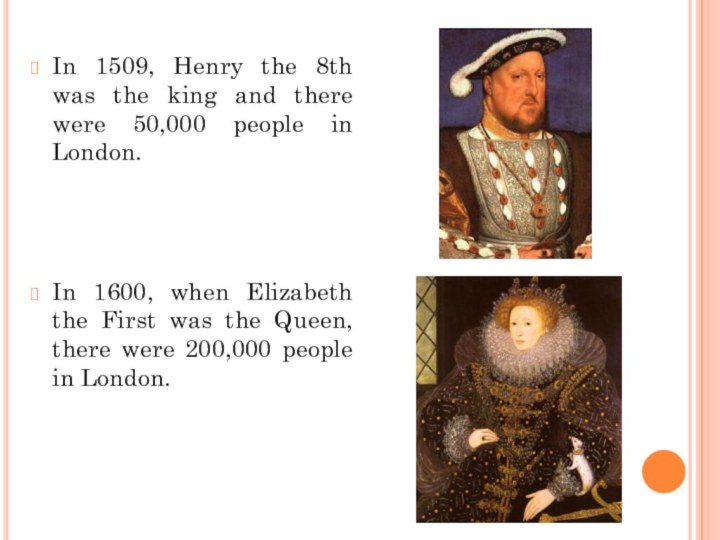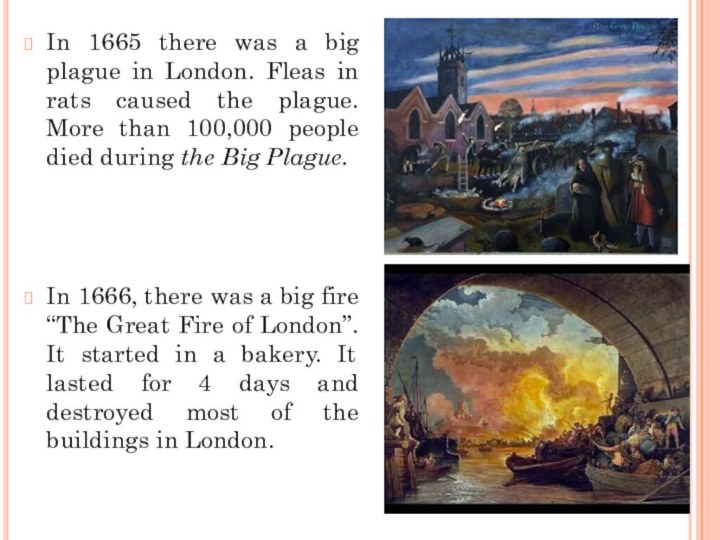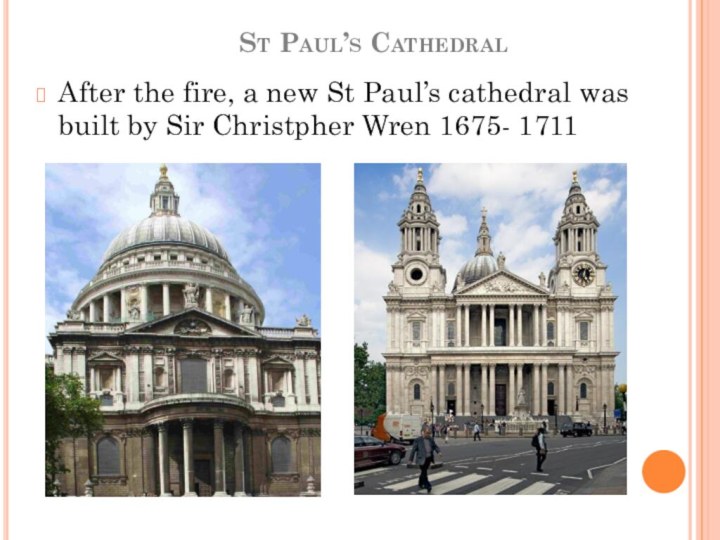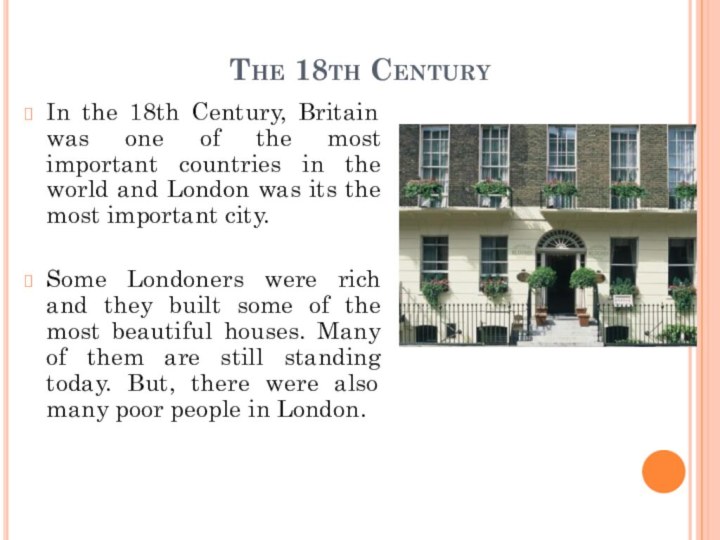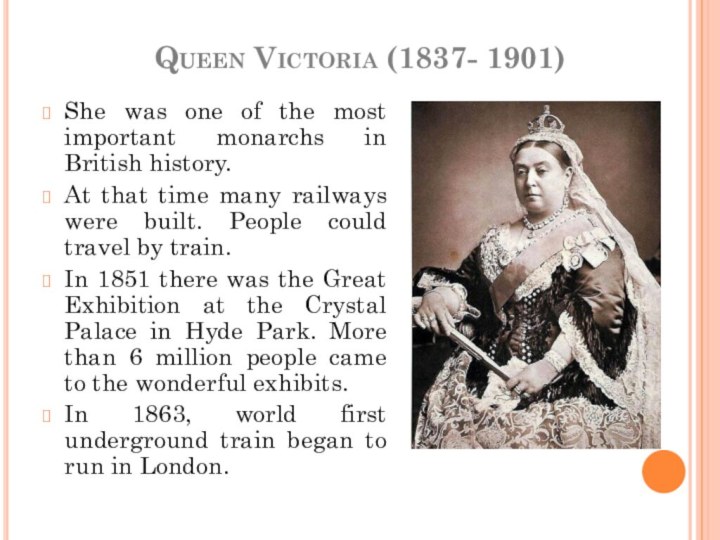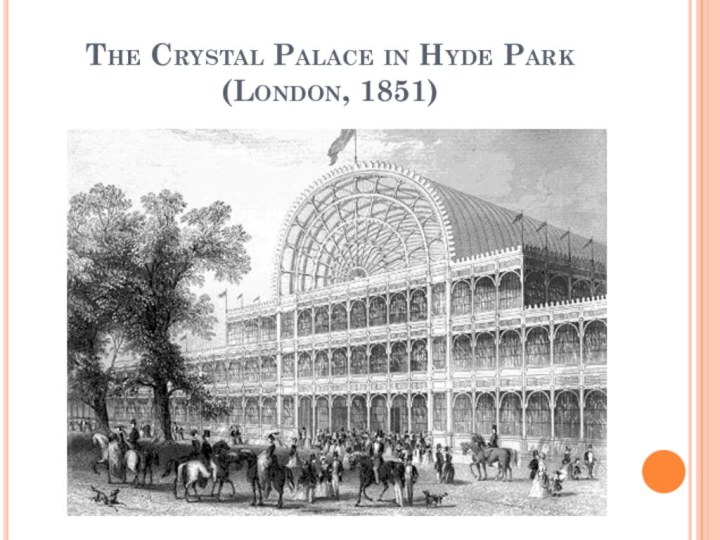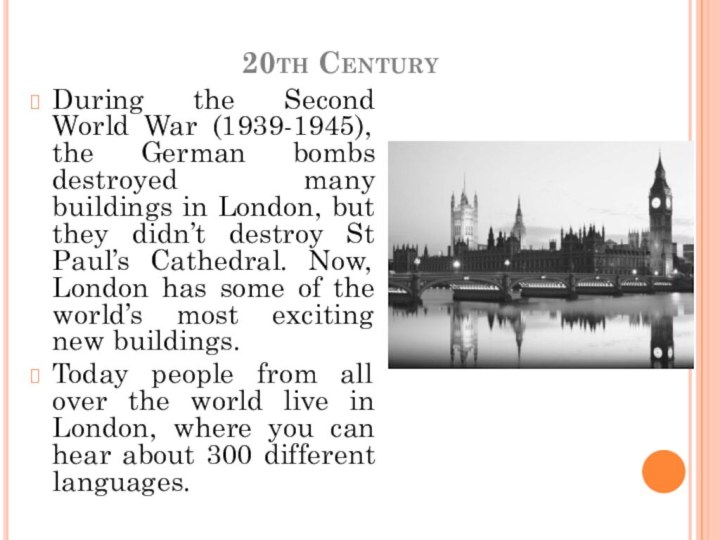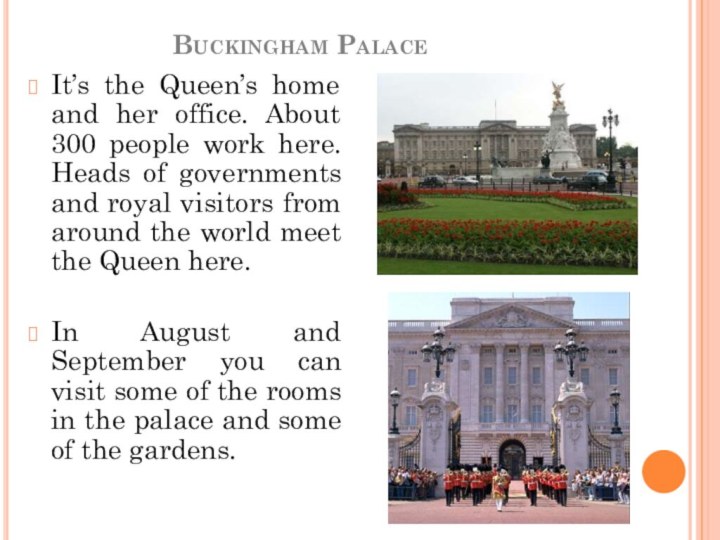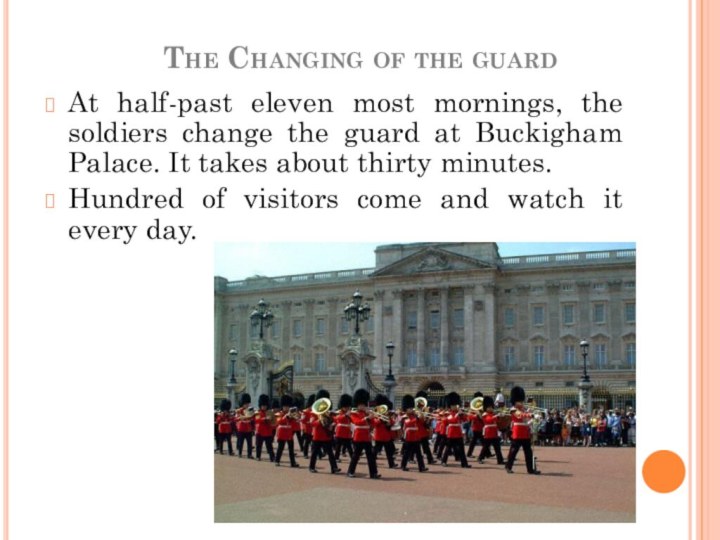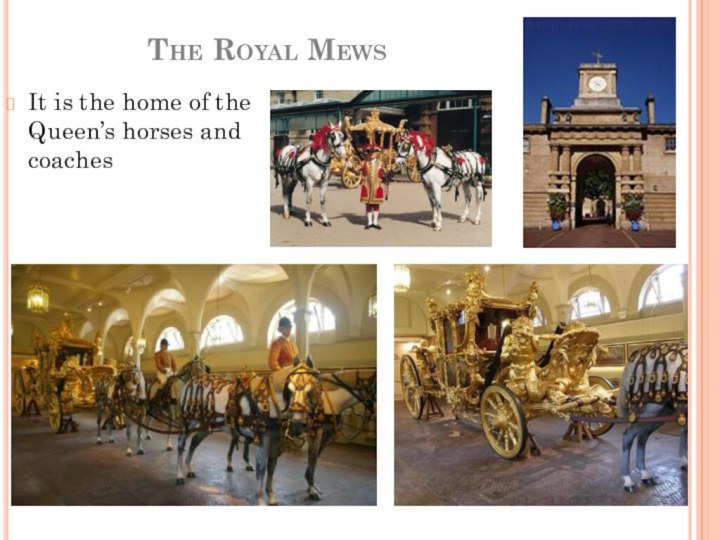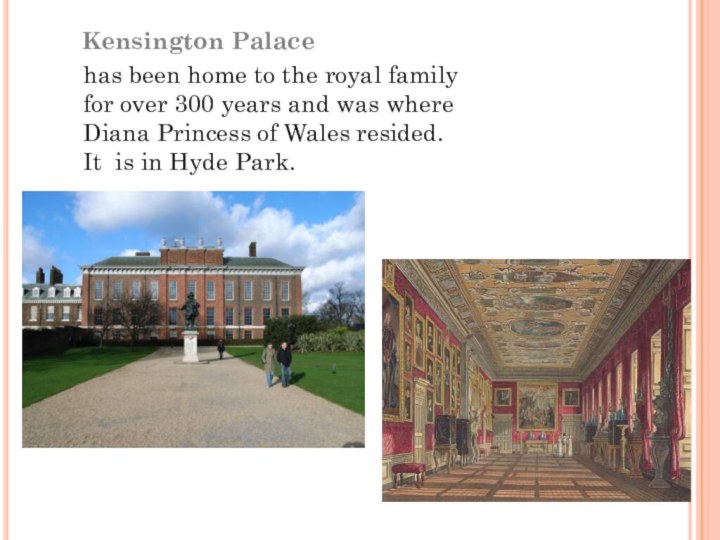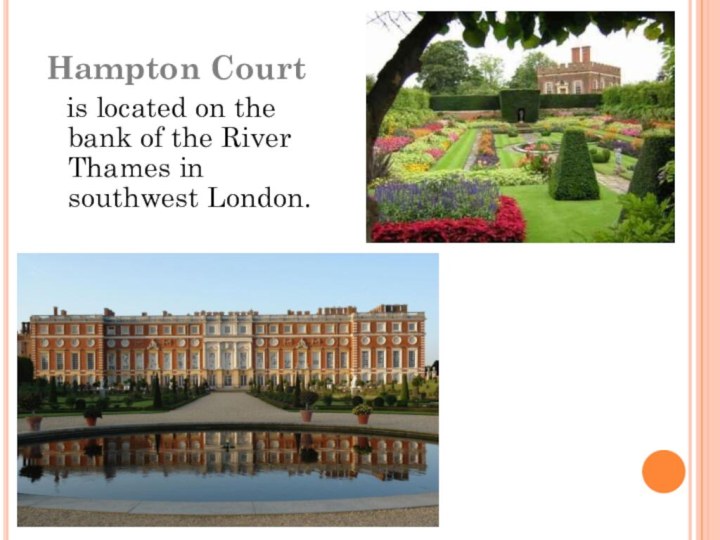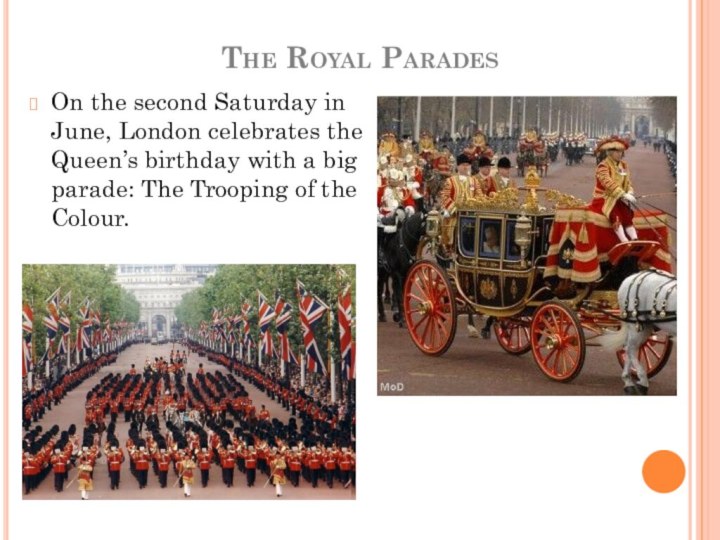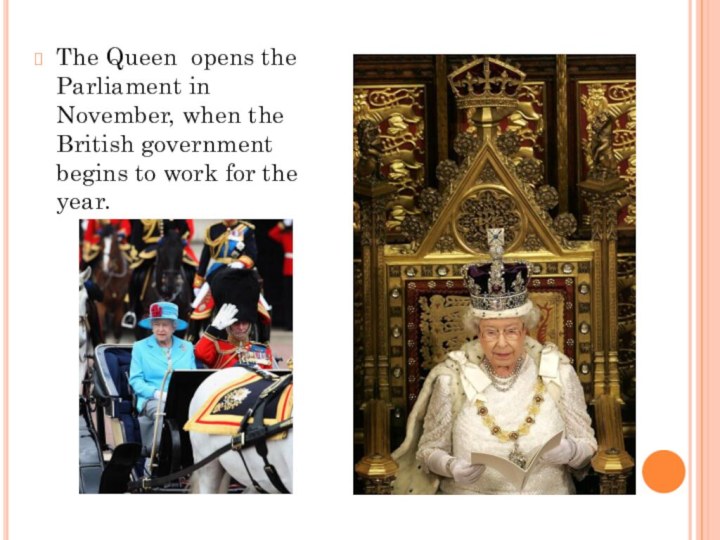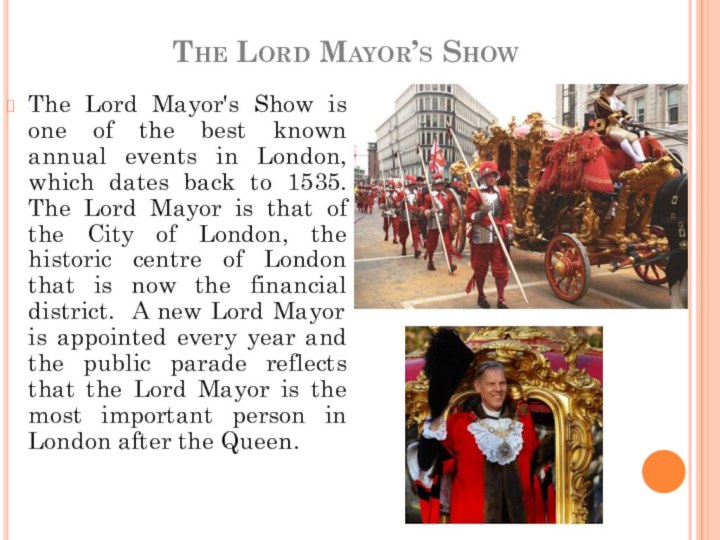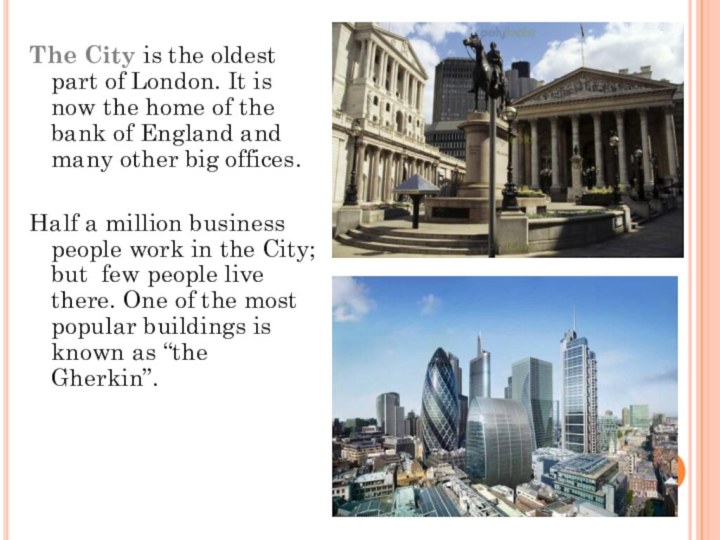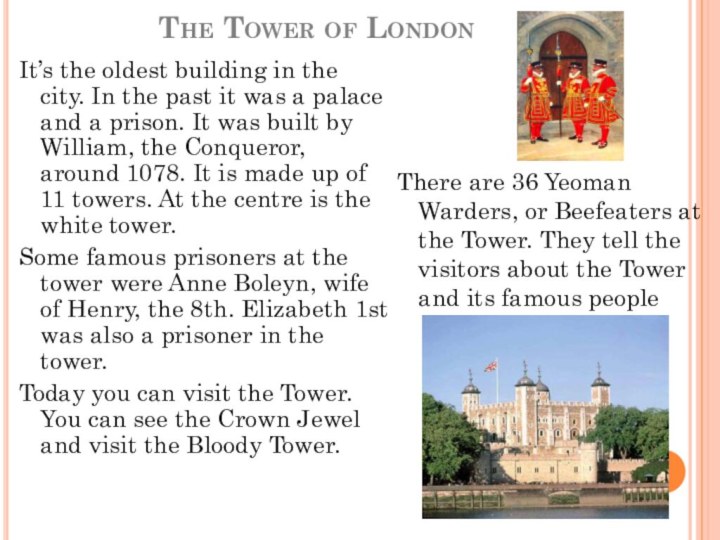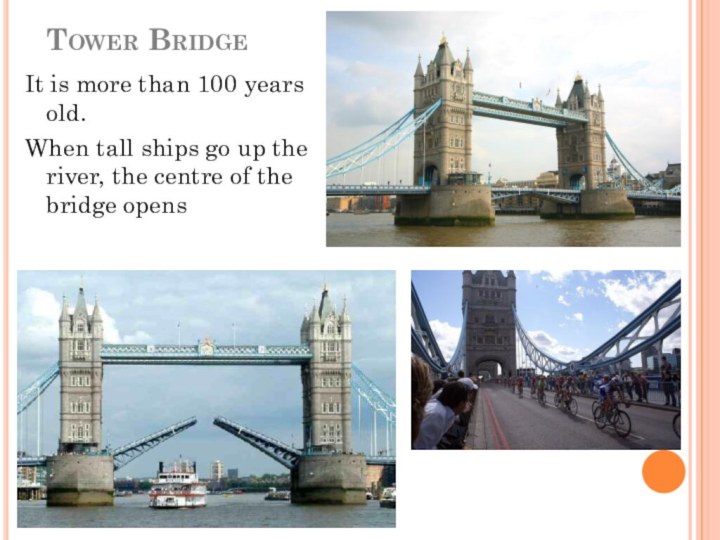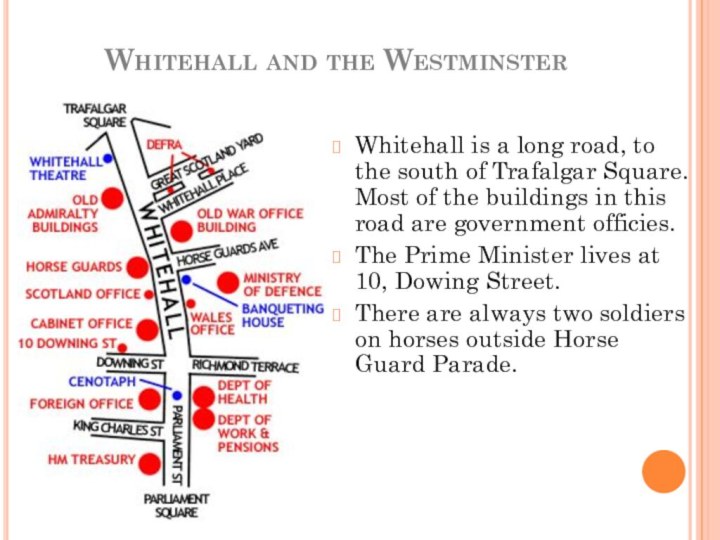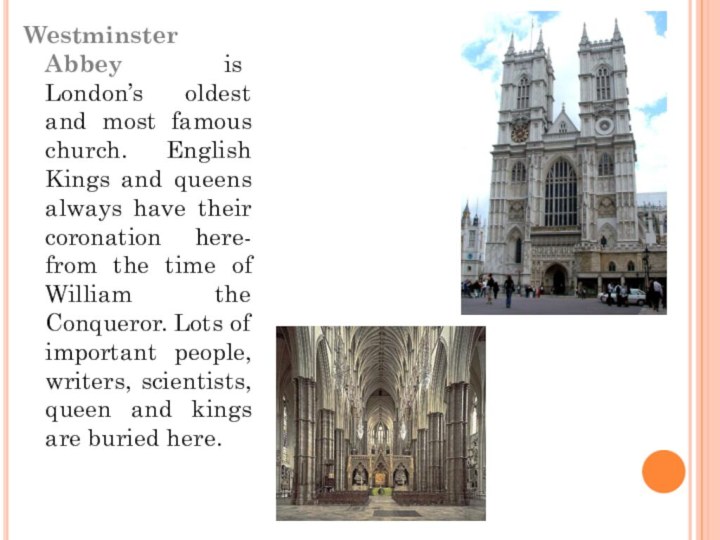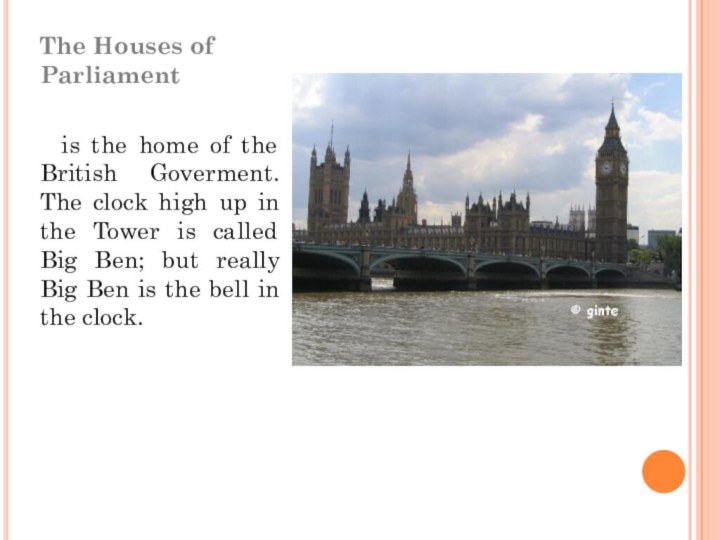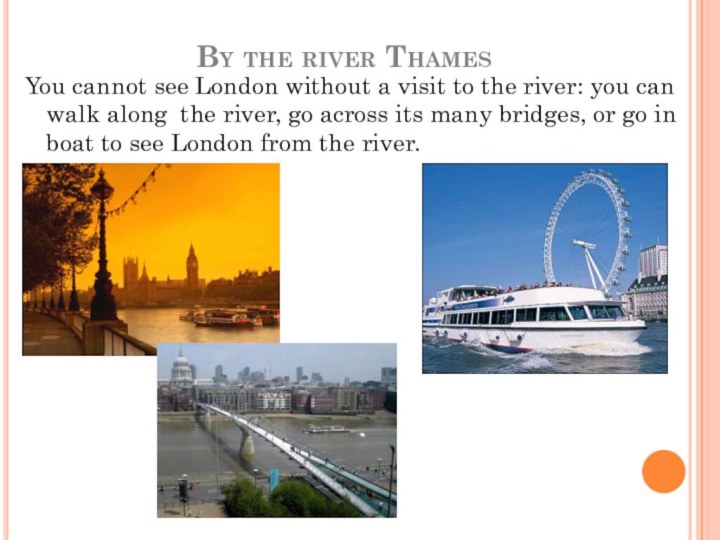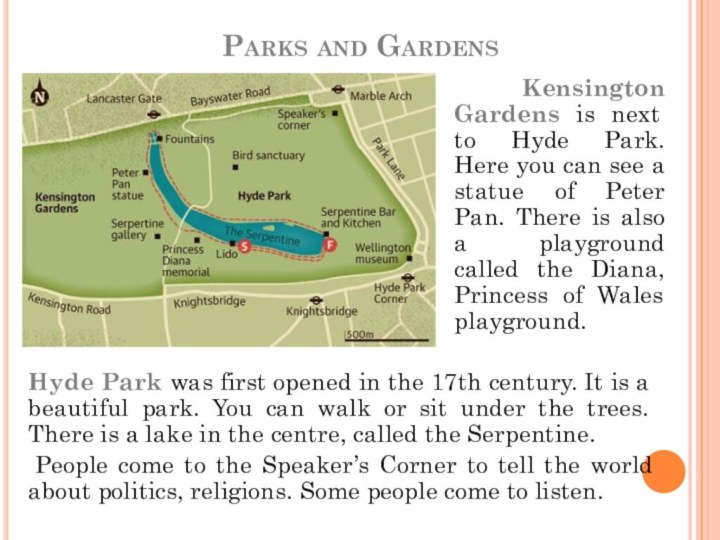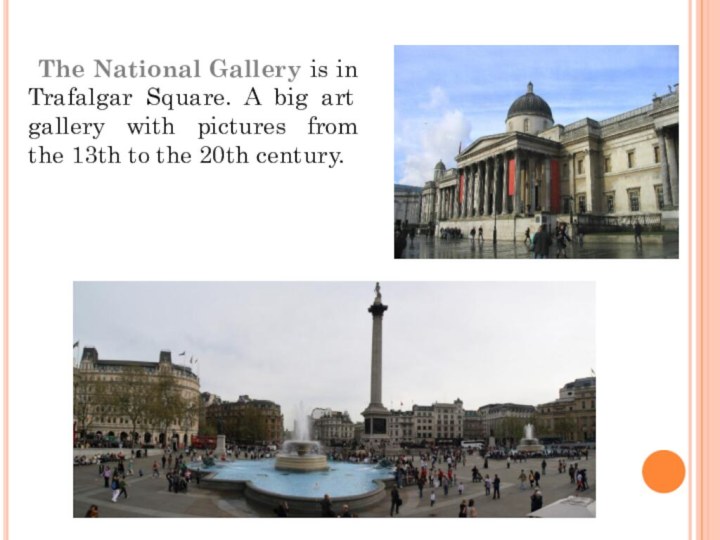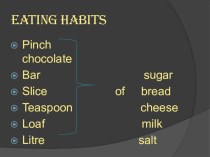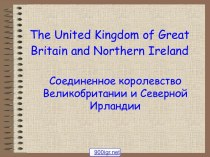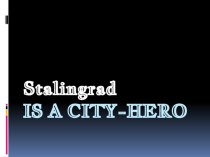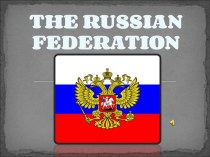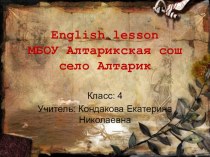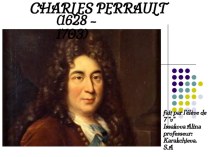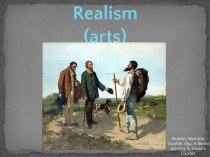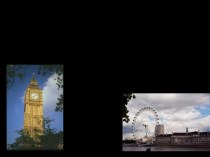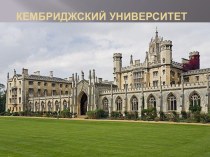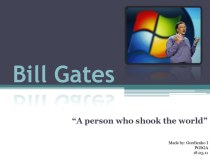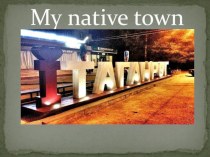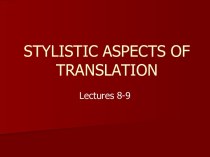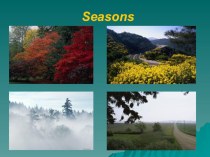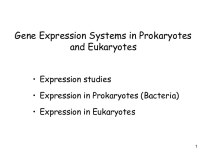Слайд 2
London: history, places of interest traditional ceremonies
Слайд 3
London is a region in the United Kingdom
Sovereign
state - United Kingdom
Country – England
Region – London
Ceremonial counties
– City and Greater London
Districts - City and 32 boroughs
Settled by Romans as Londinium, c. AD 43
Headquarters - City Hall
Area - 1,572.1 km2 (607 sq mi)
Population (July 2010 est.) - 7,825,200
Слайд 4
London is the capital city of England and
the United Kingdom, the largest metropolitan area in the
United Kingdom, and the largest urban zone in the European Union by most measures. Located on the River Thames, London has been a major settlement for two millennia, its history going back to its founding by the Romans, who called it Londinium. Since at least the 19th century, the name London has also referred to the metropolis developed around this core. The bulk of this conurbation forms the London region and the Greater London administrative area, governed by the elected Mayor of London and the London Assembly.
Слайд 5
Prehistory and antiquity
Although there is evidence of scattered
Brythonic settlements in the area, the first major settlement
was founded by the Romans in 43 AD. This lasted for just seventeen years and around 61, the Iceni tribe led by Queen Boudica stormed it, burning it to the ground. The next, heavily planned incarnation of the city prospered and superseded Colchester as the capital of the Roman province of Britannia in 100.
At its height during the 2nd century, Roman London had a population of around 60,000. By the 7th century, the Anglo-Saxons had created a new settlement called Lundenwic over a mile upstream from the old Roman city, around what is now Covent Garden.
Слайд 6
Middle Ages
With the collapse of Roman rule in
the early 5th century, London was effectively abandoned. However,
from the 6th century an Anglo-Saxon settlement known as Lundenwic, rising to a likely population of 10–12,000.
In the 9th century London was repeatedly attacked by Vikings, leading to a relocation of the city back to the location of Roman Londinium, in order to use its walls for protection.
Following the unification of England in the 10th century London, already the country's largest city and most important trading centre, became increasingly important as a political centre, although it still faced competition from Winchester, the traditional centre of the kingdom of Wessex.
Слайд 7
William the Conqueror
In 1066, England had a new
King - William the Conqueror, from France.
He built a
castle. We know it today as the Tower of London.
At that time, London was the biggest and most important city in England.
Слайд 8
In 1509, Henry the 8th was the king
and there were 50,000 people in London.
In 1600, when
Elizabeth the First was the Queen, there were 200,000 people in London.
Слайд 9
In 1665 there was a big plague in
London. Fleas in rats caused the plague. More than
100,000 people died during the Big Plague.
In 1666, there was a big fire “The Great Fire of London”. It started in a bakery. It lasted for 4 days and destroyed most of the buildings in London.
Слайд 10
St Paul’s Cathedral
After the fire, a new
St Paul’s cathedral was built by Sir Christpher Wren
1675- 1711
Слайд 11
The 18th Century
In the 18th Century, Britain was
one of the most important countries in the world
and London was its the most important city.
Some Londoners were rich and they built some of the most beautiful houses. Many of them are still standing today. But, there were also many poor people in London.
Слайд 12
Queen Victoria (1837- 1901)
She was one of the
most important monarchs in British history.
At that time many
railways were built. People could travel by train.
In 1851 there was the Great Exhibition at the Crystal Palace in Hyde Park. More than 6 million people came to the wonderful exhibits.
In 1863, world first underground train began to run in London.
Слайд 13
The Crystal Palace in Hyde Park (London, 1851)
Слайд 14
20th Century
During the Second World War (1939-1945), the
German bombs destroyed many buildings in London, but they
didn’t destroy St Paul’s Cathedral. Now, London has some of the world’s most exciting new buildings.
Today people from all over the world live in London, where you can hear about 300 different languages.
Слайд 15
Buckingham Palace
It’s the Queen’s home and
her office. About 300 people work here. Heads of
governments and royal visitors from around the world meet the Queen here.
In August and September you can visit some of the rooms in the palace and some of the gardens.
Слайд 16
The Changing of the guard
At half-past eleven most
mornings, the soldiers change the guard at Buckigham Palace.
It takes about thirty minutes.
Hundred of visitors come and watch it every day.
Слайд 17
The Queen’s Gallery and the Royal Mews
Слайд 18
The Queen’s Gallery is in Buckingham Palace Road.
It exhibits works of art from the Royal Collection.
Слайд 19
The Royal Mews
It is the home of the
Queen’s horses and coaches
Слайд 20
Kensington Palace
has been home to the royal family for
over 300 years and was where Diana Princess of Wales resided.
It is in Hyde Park.
Слайд 21
Windsor Castle
Windsor is a small town, half an
hour by train from London. There, you can visit
Windsor Castle, the largest and oldest occupied castle in the world, is one of the official residences of Her Majesty The Queen. She goes there at the weekends.
Слайд 22
Hampton Court
is located on the
bank of the River Thames in southwest London.
Слайд 23
The Royal Parades
On the second Saturday in June,
London celebrates the Queen’s birthday with a big parade:
The Trooping of the Colour.
Слайд 24
The Queen opens the Parliament in November, when
the British government begins to work for the year.
Слайд 25
The Lord Mayor’s Show
The Lord Mayor's Show is
one of the best known annual events in London,
which dates back to 1535. The Lord Mayor is that of the City of London, the historic centre of London that is now the financial district. A new Lord Mayor is appointed every year and the public parade reflects that the Lord Mayor is the most important person in London after the Queen.
Слайд 26
The City is the oldest part of London.
It is now the home of the bank of
England and many other big offices.
Half a million business people work in the City; but few people live there. One of the most popular buildings is known as “the Gherkin”.
Слайд 27
The Tower of London
It’s the oldest building in
the city. In the past it was a palace
and a prison. It was built by William, the Conqueror, around 1078. It is made up of 11 towers. At the centre is the white tower.
Some famous prisoners at the tower were Anne Boleyn, wife of Henry, the 8th. Elizabeth 1st was also a prisoner in the tower.
Today you can visit the Tower. You can see the Crown Jewel and visit the Bloody Tower.
There are 36 Yeoman Warders, or Beefeaters at the Tower. They tell the visitors about the Tower and its famous people
Слайд 28
Tower Bridge
It is more than 100 years old.
When
tall ships go up the river, the centre of
the bridge opens
Слайд 29
St Paul’s Cathedral is in the Centre of
the City. Its dome is 110 metres high. The
two bells in the tower are called Great Paul and Great Tom, which rings when a king or queen dies.
The Monument, a building 60 metres high, is also in the city. It was built to remember the Great London Fire. It is near Pudding Lane, where the fire started.
Слайд 30
Whitehall and the Westminster
Whitehall is a long
road, to the south of Trafalgar Square. Most of
the buildings in this road are government officies.
The Prime Minister lives at 10, Dowing Street.
There are always two soldiers on horses outside Horse Guard Parade.
Слайд 31
Westminster Abbey is London’s oldest and most famous
church. English Kings and queens always have their coronation
here- from the time of William the Conqueror. Lots of important people, writers, scientists, queen and kings are buried here.
Слайд 32
The Houses of Parliament
is the home of the British Goverment. The clock
high up in the Tower is called Big Ben; but really Big Ben is the bell in the clock.
Слайд 33
By the river Thames
You cannot see London without
a visit to the river: you can walk along
the river, go across its many bridges, or go in boat to see London from the river.
Слайд 34
Parks and Gardens
Hyde Park was first
opened in the 17th century. It is a beautiful
park. You can walk or sit under the trees. There is a lake in the centre, called the Serpentine.
People come to the Speaker’s Corner to tell the world about politics, religions. Some people come to listen.
Kensington Gardens is next to Hyde Park. Here you can see a statue of Peter Pan. There is also a playground called the Diana, Princess of Wales playground.
Слайд 35
Regent’s Park is the home of
the London Zoo. It opened in 1828. There is
also a theatre in the park. On summer’s evenings you can watch plays by Shakespeare.
St James’s Park is a small park but very beautiful. It is the oldest of the Royal Park. Lots of birds live on and around the lake in the centre of the park.
Слайд 36
Museums and galeries
The British Museum is the biggest
museum in Britain and the oldest museum in the
world (1759). You can learn about Greece, Rome, Egypt or Asian Cultures.
